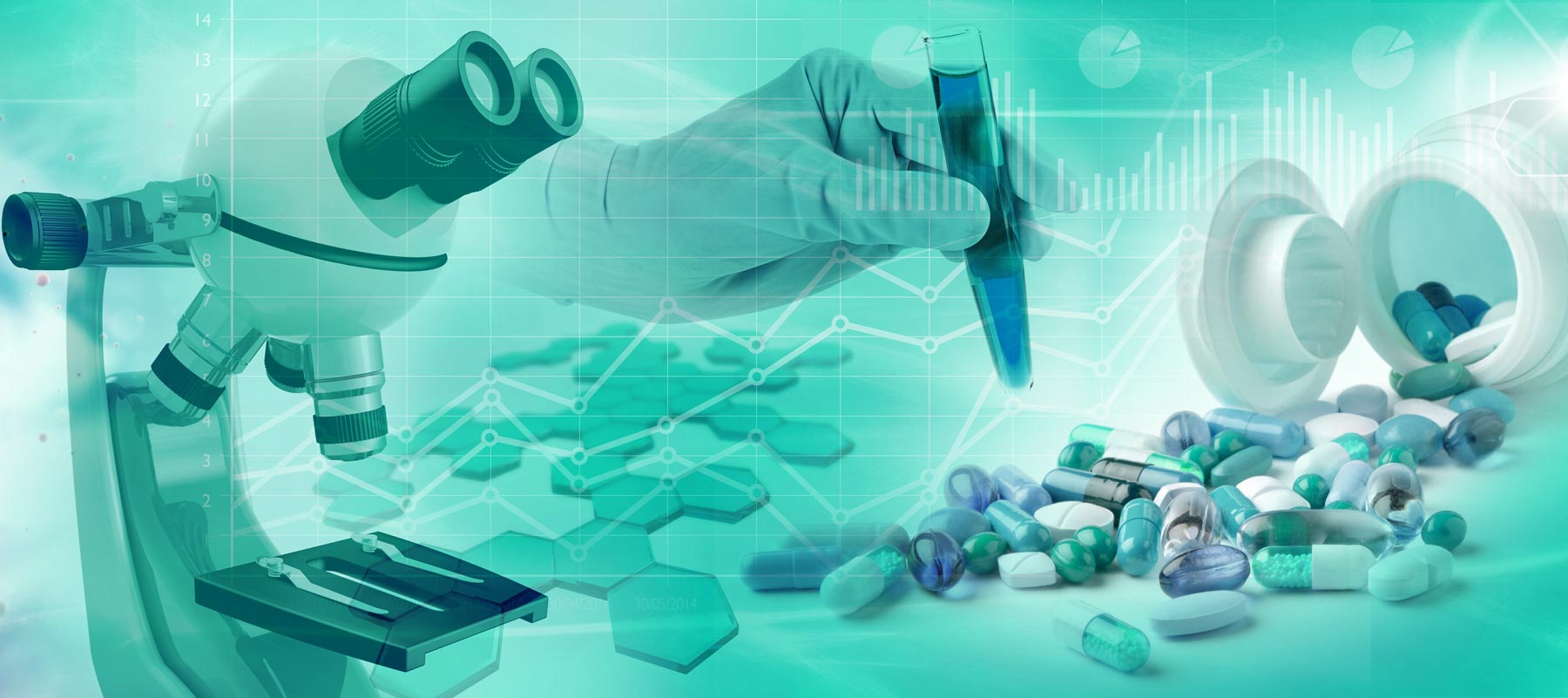9am to 6 pm
Mon to Fri
Pharmacovigilance is the science and activities related to the detection, assessment, understanding, and prevention of adverse effects or any other drug-related problems. The main goal of pharmacovigilance is to enhance patient safety and optimize the benefit-risk profile of pharmaceutical products.
Pharmacovigilance is a critical aspect of the drug development and post-marketing processes. It helps identify potential safety issues, improve patient outcomes, and contribute to the overall understanding of a drug's safety profile. Regulatory agencies, such as the U.S. Food and Drug Administration (FDA) and the European Medicines Agency (EMA), play a central role in overseeing pharmacovigilance activities and ensuring the safety of pharmaceutical products.

- A parallel importer is a business entity that engages in the importation and distribution of medicinal products from one country to another without the involvement of the original manufacturer's authorized distributor or marketing authorization holder in the destination country. Parallel importing is a legal practice in some regions and is subject to specific regulations.
- A parallel distributor is a business entity that is involved in the distribution of parallel-imported medicinal products within a specific market. Parallel distribution occurs when authorized distributors or wholesalers source pharmaceutical products from parallel importers rather than directly from the original manufacturer's authorized distributor.
- Both parallel importers and distributors play critical roles in ensuring that parallel-traded medicinal products are of high quality, safe, and comply with local regulatory requirements. It is essential for these entities to maintain strong quality assurance systems, adhere to good distribution practices, and collaborate effectively with regulatory authorities and other stakeholders in the supply chain.
The marketing authorisation holder of a medicinal product shall:
- Ensure the establishment of a pharmacovigilance system and quality system in accordance with the system referred to in Paragraph 4 of this Regulation. The quality system shall be developed in accordance with Article 8 of Commission Implementing Regulation (EU) No 520/2012 of 19 June 2012 on the performance of pharmacovigilance activities provided for in Regulation (EC) No 726/EC of the European Parliament and of the Council and Directive 2001/83/EC of the European Parliament and of the Council (hereinafter - Regulation No 520/2012);
-The MAH is responsible for preparing and submitting a comprehensive and accurate marketing authorization application to the regulatory authorities. This includes providing detailed information on the safety, efficacy, and quality of the pharmaceutical product.
- Ensuring that the pharmaceutical product complies with all applicable regulatory requirements and standards. This includes adherence to Good Manufacturing Practice (GMP), Good Clinical Practice (GCP), and Good Pharmacovigilance Practice (GVP) standards.
- Implementing and maintaining a robust quality control system to ensure the consistency, safety, and efficacy of the pharmaceutical product throughout its lifecycle.
- Establishing and maintaining a pharmacovigilance system to monitor and report adverse reactions or safety concerns associated with the product. This involves collecting, assessing, and reporting safety information to regulatory authorities as required.
- Ensuring that the product's labeling and packaging comply with regulatory requirements. This includes providing clear and accurate information for healthcare professionals and patients.
- Fulfilling any post-marketing commitments or requirements specified by regulatory authorities, such as conducting additional studies, providing updated safety information, or making label modifications.
- Establishing and maintaining effective communication with regulatory authorities. This includes responding to inquiries, providing requested information, and participating in regulatory inspections.
- Overseeing the distribution and supply chain to ensure the availability of the product in the market while maintaining quality and safety standards.
Submitting periodic safety update reports to regulatory authorities, summarizing the safety profile of the product based on ongoing safety monitoring and new information.
- Managing variations to the marketing authorization, such as changes to the manufacturing process or product formulation, and ensuring timely renewal of the marketing authorization.
- Record all non-serious suspected adverse drug reactions observed in any EEA state, and shall send the report electronically for submission to the Eudravigilance database no later than within 90 days after receipt of the information; Ensure availability of the reports referred to in Sub-paragraphs 17.1 and 17.2 of this Regulation at the Eudravigilance database;
- Accept and examine the reports provided by the State Agency of Medicines, medical practitioners, pharmacists, including if they are forwarded by a parallel importer and parallel distributor, and patients on the suspected adverse drug reactions;
- Draw up written procedures for the collection of precise and verifiable data for the scientific evaluation of the report on suspected adverse drug reactions, and also additional information regarding the report on suspected adverse drug reactions;
- Co-operate with the European Medicines Agency and competent authorities of the EEA states to identify duplication of reports on suspected adverse drug reactions;
- Electronically submit to the European Medicines Agency periodic safety update reports (hereinafter - the periodic reports) in accordance with Chapter V of this Regulation;
- Submit an application to the State Agency of Medicines for variation to the marketing authorisation of the medicinal product, appending an updated summary of product characteristics and patient information leaflet in accordance with the laws and regulations regarding the procedures for the marketing authorisation of medicinal products;
- Inform the European Medicines Agency and the State Agency of Medicines if any new risks have arisen, the existing risks have changed, or changes in the risk-benefit balance have been identified;
- After receipt of information regarding serious suspected adverse drug reactions which are brought to attention, as soon as possible, but not later than within 15 days, inform the State Agency of Medicines.
The responsibilities of the MAH are essential to ensure the ongoing compliance, safety, and effectiveness of pharmaceutical products in the market. Non-compliance with these responsibilities can lead to regulatory actions and may impact the authorization status of the product.